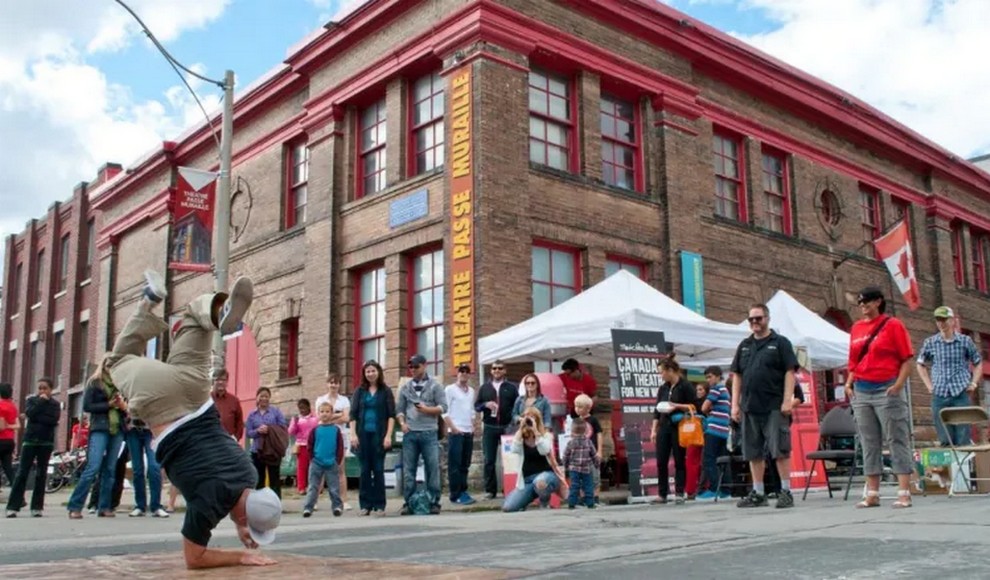The festival, as a phenomenon of artistic life, is distinguished by a special holiday atmosphere, an orientation towards showing the best art groups and performers, an originality of the repertoire proposal, which is different from the repertoire of stationary groups.
The main task of the festival is to bring a fresh stream into the cultural life of the country, region, city, to create the widest possible field of attraction for both professionals and ordinary spectators and listeners.
The festival is a series of displays of the level of skill (achievements), subordinated to a cross-cutting artistic idea or concept, localized in a limited calendar period in a specific geographic and cultural space.
The need for spectacular entertainment forms theatrical performances in the field of professional activity. Perhaps this is what caused the gradual death of syncretic theatrical forms of medieval culture. And along with them, the tradition of the festival as a form of organizing artistic life was interrupted. The revival of the festival as a phenomenon of cultural life took place at the turn of the 19th and 20th centuries. This was a consequence of the emergence of a new urban culture, the development of which began to be determined by the means of mass communication – newspapers, magazines, radio, sound recording, cinema, television.
The revival of the festival with an emphasized festive ritual atmosphere, the desire to make each performance or concert a unique event that goes beyond the usual artistic practice, responded to the new social need for the renewal of communication processes.
